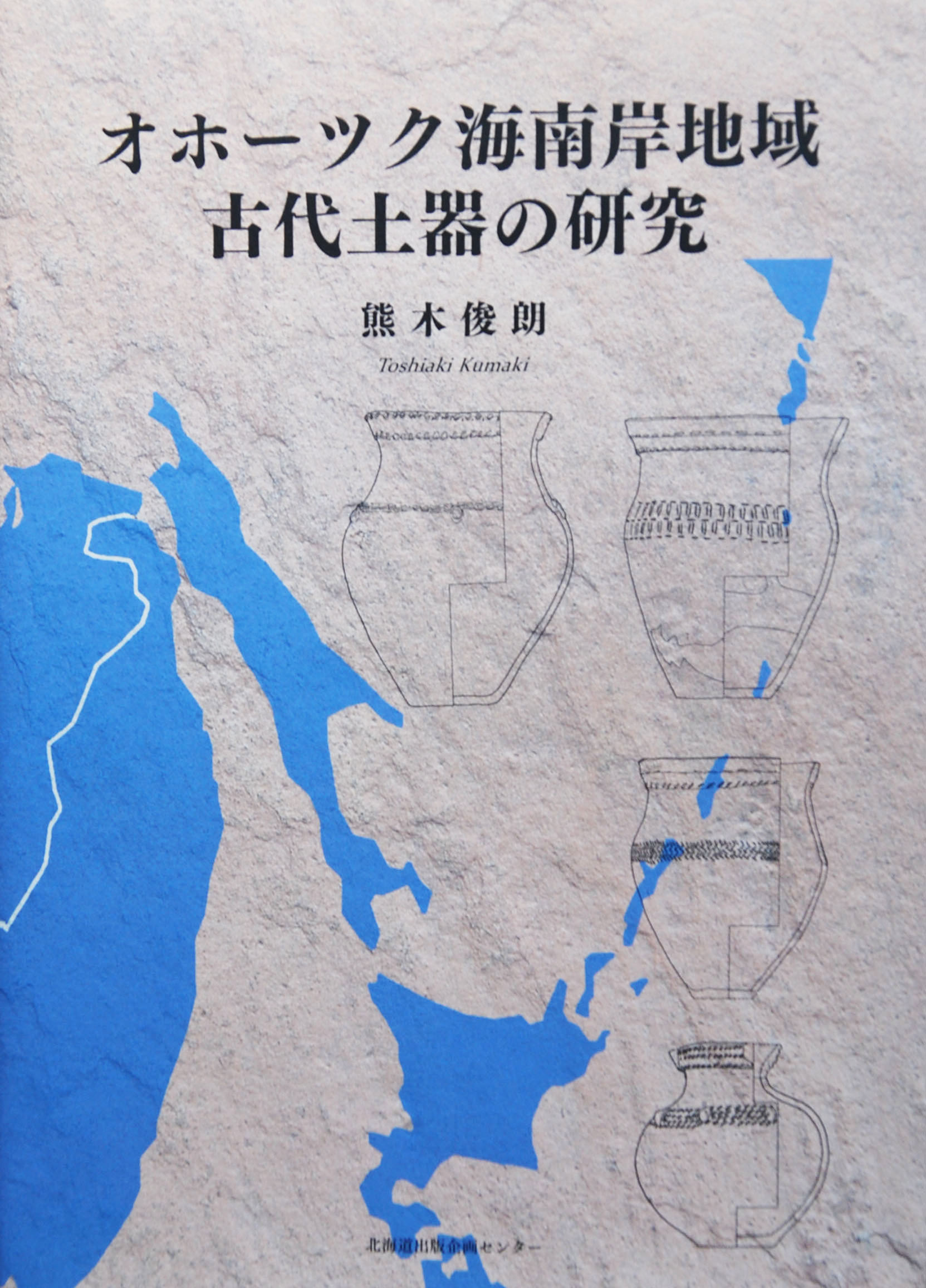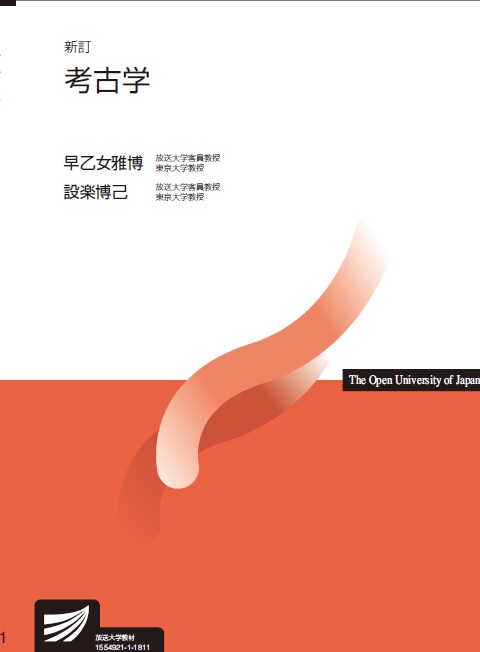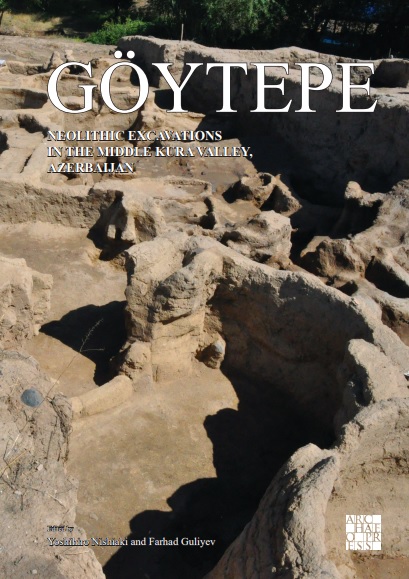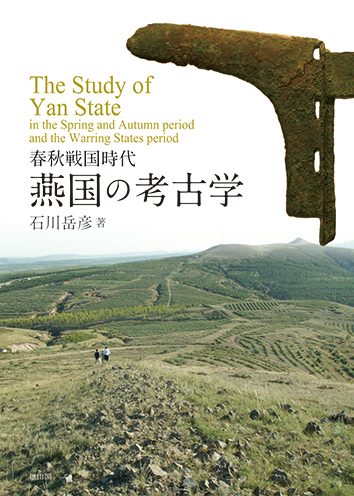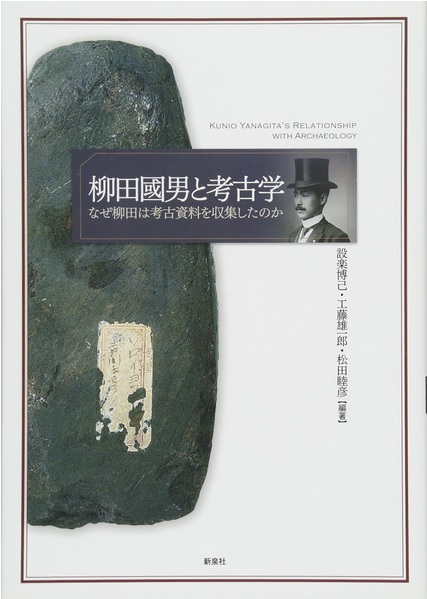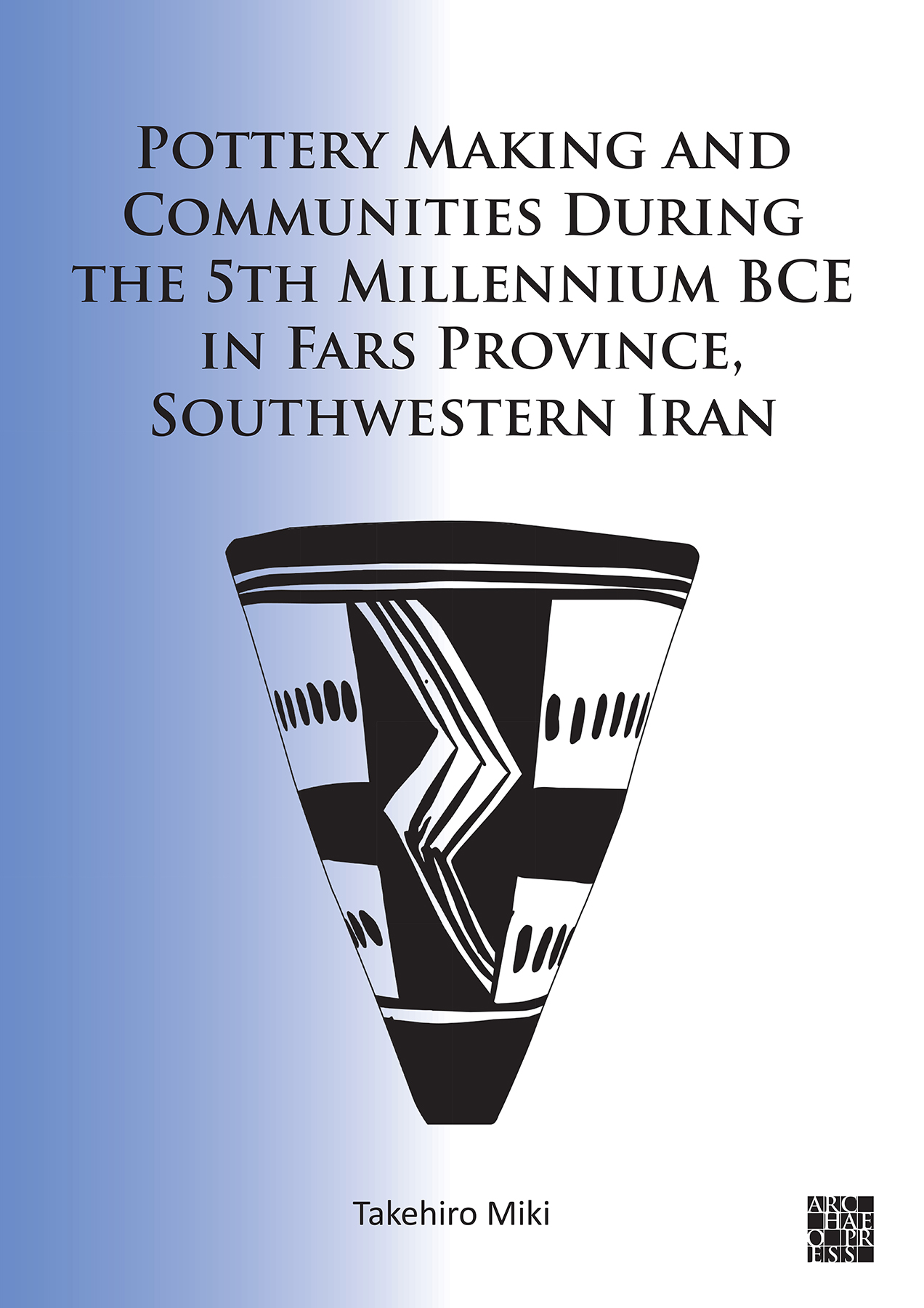
Title
Pottery Making and Communities During the 5th Millennium BCE in Fars Province, Southwestern Iran
Size
462 pages
Language
English
Released
March, 2022
ISBN
9781803270586
Published by
Archaeopress
Book Info
See Book Availability at Library
Pottery Making and Communities During the 5th Millennium BCE in Fars Province, Southwestern Iran
Japanese Page
In the conventional view of West Asian history, 7,000 to 6,000 years before present is understood to represent an intermediate stage of urbanization, characterized by population growth and village community development. Exploration of this important social transformation in the history of humankind requires detailed analysis and investigation of pottery and other archaeological evidence. One of the targets of investigation that enables detailed empirical examination of such social transformation is the organization of pottery production —i.e., how groups were organized to produce pottery. This monograph aims to understand this social transformation in greater detail by clarifying the change in the organization of pottery production.
The monograph investigates pottery production in southwestern Iran during the 5th millennium BCE. The technology for kiln-fired painted pottery was first adopted in the region around 5,000 BCE and developed over the next one thousand years. Although previous studies on this topic discussed the degree of craft specialization of pottery production (the degree to which a small number of full-time artisans carried out pottery production), they did not examine the change in pottery-production organization occurring over a span of one thousand years. Another shortcoming of previous studies is their tendency to view the organization of pottery production as closed systems and to understand this organization in terms of known types of craft-production organization. Accordingly, this monograph seeks to clarify the transformation of the pottery-production organization over time by comparing artifacts from the early-, mid-, and late-5th millennium BCE and employs a relational approach whereby the organization of pottery making is viewed as an open system consisting of intertwining relationships among various humans and things.
Specifically, the author of the monograph analyzed pottery excavated from four archaeological sites in southwestern Iran (curated in the University Museum, the University of Tokyo and the Institute for the Study of Ancient Cultures, West Asia & North Africa, the University of Chicago). The analysis entailed characterization of the pottery in terms of shape, decoration, and other attributes as well as visualization and investigation of relationships among attributes. The author also examined interactions among production organizations for different artefacts, including pottery, within villages. This analysis yielded the following insights regarding the organization of pottery production and the transformation of village communities:
1) In the early period when kiln-fired painted pottery first appeared, pottery-making knowledge was not stably transmitted within pottery-production organizations. Potters, for the most part, continued to make unpainted coarse pottery using pre-existing techniques and only rarely made painted pottery while interacting with potters from outside their villages.
2) The mid-5th millennium BCE saw dramatic changes in the volume of pottery production as well as relationships among attributes of the pottery itself (decorations, shapes, etc.). The organization of pottery production became more stable and took on a more apprenticeship-like character with longer periods required for training. The dramatic increase in painted pottery and the emergence of new artefacts such as copper objects and stamp seals resulted in new relationships among humans and things within villages and a break from the previous lifeworld aimed at maintaining social equality among community members.
3) The late-5th millennium BCE saw dramatic changes in relationships among attributes to enhance the appearance of the pottery (decorations and shapes). These changes included the production of even more elaborate painted pottery, with increasing emphasis on differentiation among painted ceramics. The late period also saw the emergence of potters who were particularly skilled at painting decorations and increased importance of pottery-making within village communities. The monograph speculates that beautifully painted pottery came to be treated as property rather than everyday things, thereby contributing to social inequality by serving as visual representations of differences among community members.
The monograph examines the organization of pottery production and village communities from the standpoint of relationships among humans and things and, in so doing, presents a new approach that examines changing relationships within society, without being based on types of social organization.
(Written by MIKI Takehiro, Project Research Associate, The University Museum / 2023)
Table of Contents
Chapter 1 Introduction
Part II: Reviewing previous studies and presenting theoretical frameworks and methodology
Chapter 2 Previous Studies
Chapter 3 The theoretical framework for craft-production studies
Chapter 4 Methodology
Part III: Analyses
Chapter 5 Chronological relations of the Bakun-period sites
Chapter 6 Materials and analyses of wares, vessel forms, and design structures
Chapter 7 Analyses of pottery-making techniques
Part IV: Discussion and conclusion
Chapter 8 Discussion: reassembling the organisation of pottery production
Chapter 9 Conclusion
Related Info
https://refubium.fu-berlin.de/handle/fub188/34343
Book Review:
By Abbas Alizadeh (Journal of Near Eastern Studies Volume 82 Issue 1 pp. 140-142 April 2023)
https://www.journals.uchicago.edu/doi/10.1086/723791



 Find a book
Find a book


 eBook
eBook